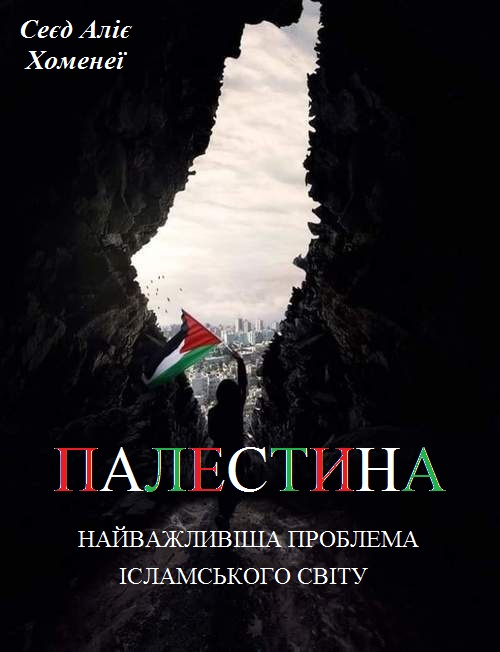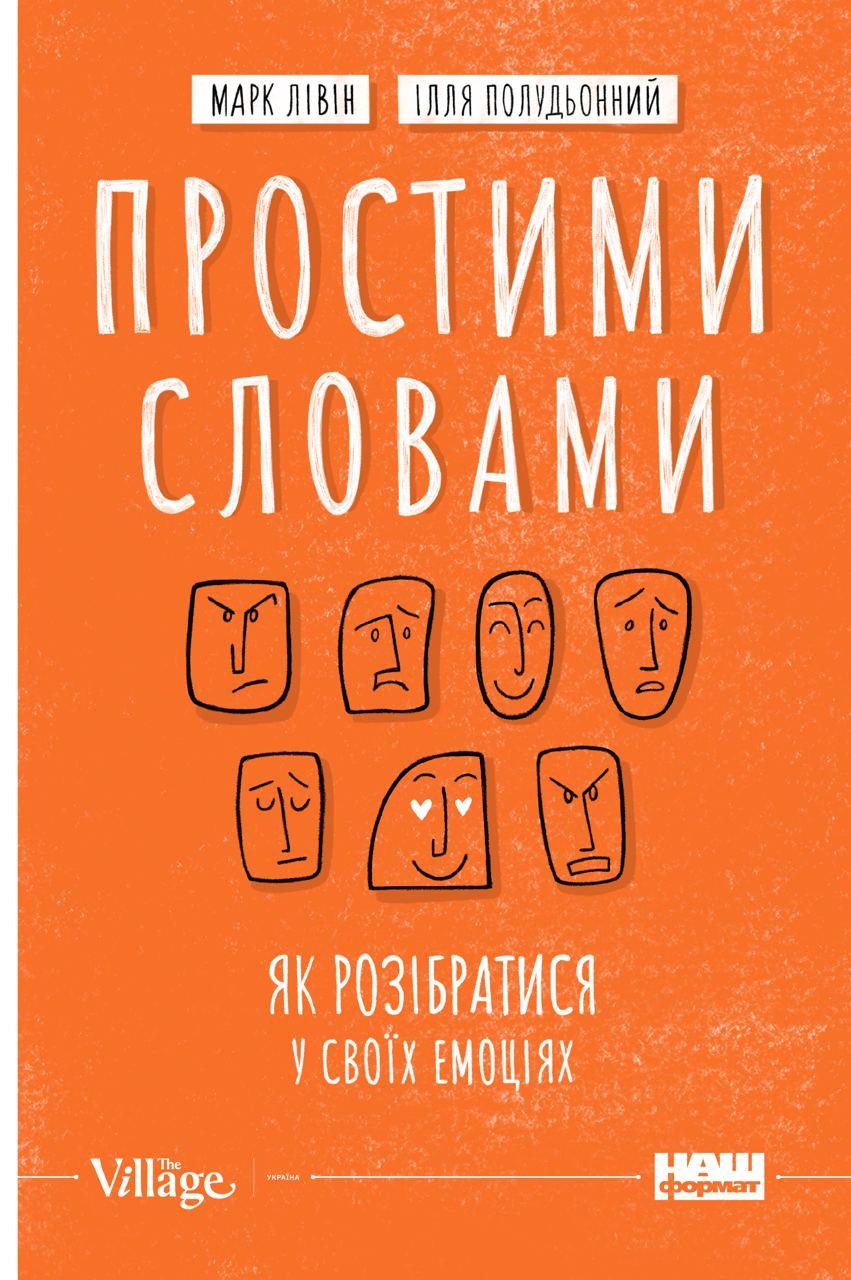Читати книгу - "Genghis Khan and the Making of the Modern World"
Шрифт:
Інтервал:
Добавити в закладку:
The descriptive quality of some Mongol place-names permitted us to restore them to Mongolian and apply them to the landscape around us with ease. The text recounts that Genghis Khan first became a clan chief at Khokh Lake by Khara Jirugen Mountain, which meant a Blue Lake by Back-Heart-Shaped Mountain. The identity of that place had been preserved for centuries and was easily found by anyone. Other names associated with his birth, such as Udder Hill and Spleen Lake, proved more challenging because of uncertainty whether the name applied to a visual characteristic of the place or to an event that took place there, and because the shape of hills and lakes can vary over eight centuries in this area of wind erosion and dryness.
Gradually, we pieced together the story as best we could with the evidence we had. By finding the places of Genghis Khan’s childhood and retracing the path of events across the land, some misconceptions regarding his life could be immediately corrected. Although we debated the precise identity of the hillock along the Onon River where he had been born, for example, it was obvious that the wooded river with its many marshes differed greatly from the open steppe where most nomads lived and where most historians had assumed Genghis Khan grew up. This distinction highlighted the differences between him and other nomads. It immediately became clear why the Secret History mentioned hunting more often than herding in Genghis Khan’s childhood. The landscape itself tied the early life of Genghis Khan more firmly into the Siberian cultures, from which the Secret History said the Mongols originated, than into the Turkic tribes of the open plains. This information in turn greatly influenced our understanding of Genghis Khan’s field methods and how he treated hostile civilians as animals to be herded but hostile soldiers as game to be hunted.
Our team went out repeatedly over a five-year period under a great variety of conditions and situations. Temperatures varied by more than 150 degrees—from highs of over 100 degrees in tracts of land without shade to a low of minus 51 degrees, not counting the chill of the fierce wind, in Khorkhonag steppe in January 2001. We experienced the usual assortment of mishaps and opportunities of travel in such areas. Our vehicles became stuck in snow in the winter, mud in spring, and sand in the summer; one even washed away in a flash flood. At different times our camps were destroyed by wind and snow or by drunken revelry. We enjoyed the wonderful bounty of endless milk and meat in the final summers of the twentieth century. But in the opening years of this century, we also experienced some of the worst years of animal famine, called zud, when horses and yaks literally dropped dead around us and animals of all sizes froze standing during the night.
Yet there was never a moment of doubt or danger in our work. Compared to the difficulty of daily life for the herders and hunters living permanently in those areas, ours were only the smallest of irritations. Invariably an unplanned episode that started as an inconvenience ended by teaching me something new about the land or people. From riding nearly fifty miles in one day on a horse, I learned that the fifteen feet of silk tied tightly around the midriff actually kept the organs in place and prevented nausea. I also learned the importance of having dried yogurt in my pocket on such long treks, when there was no time to stop and cook a meal, as well as the practicality of the thick Mongol robe, called a deel, when riding on wooden saddles. An encounter with a wolf near the sacred mountain of Burkhan Khaldun became a blessing in the eyes of our companions rather than a threat, and countless episodes of getting lost or of breaking down brought new lessons about directions, navigation, and the patience of waiting until someone came along. Repeatedly, I learned how intimately the Mongols know their own world and how consistently and completely I could trust in their astute judgment, physical ability, and generous helpfulness.
This book presents the highlights of our findings without recounting any more of the minutia of weather, food, parasites, and ailments encountered, nor the personality quirks of the researchers and the people we met along the way. The focus remains on the mission of our work: to understand Genghis Khan and his impact on world history.
The first part of the book tells the story of Genghis Khan’s rise to power on the steppe and the forces that shaped his life and personality from the time of his birth in 1162 until he unified all the tribes and founded the Mongol nation in 1206. The second part follows the Mongol entrance onto the stage of history through the Mongol World War, which lasted five decades (from 1211 to 1261), until Genghis Khan’s grandsons went to war with one another. The third section examines the century of peace and the Global Awakening that laid the foundations of the political, commercial, and military institutions of our modern society.
PART I
The Reign of Terror on the Steppe:
1162–1206
Nations! What are nations? Tartars! and Huns! and Chinamen!
Like Insects they swarm. The historian strives in vain to make them memorable.
It is for want of a man that there are so many men. It is individuals that populate the world.
HENRY DAVID THOREAU,
journal entry for May 1, 1851
1
The Blood Clot
There is fire in his eyes and light in his face.
T
HE
S
ECRET
H
Увага!
Сайт зберігає кукі вашого браузера. Ви зможете в будь-який момент зробити закладку та продовжити читання книги «Genghis Khan and the Making of the Modern World», після закриття браузера.

